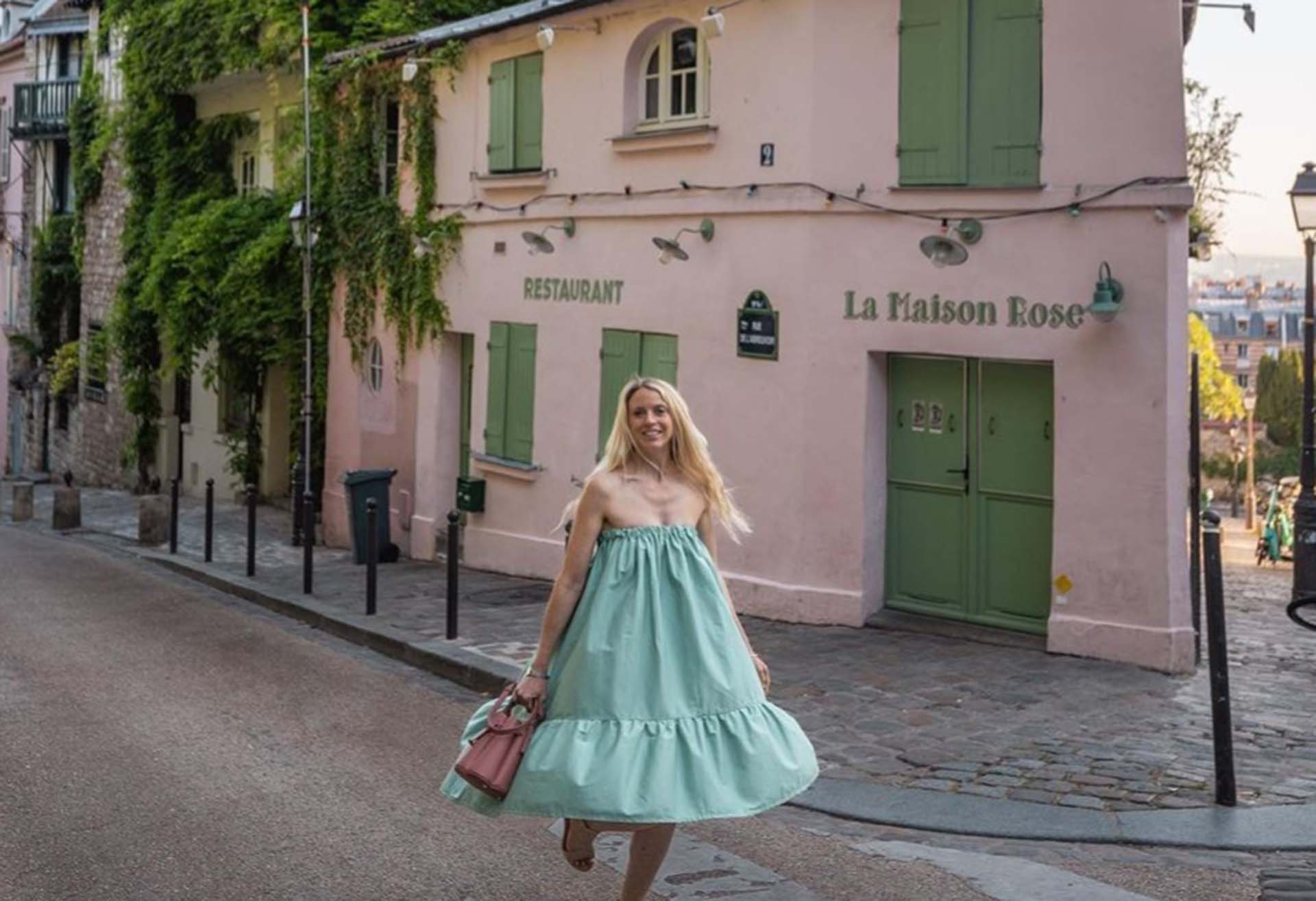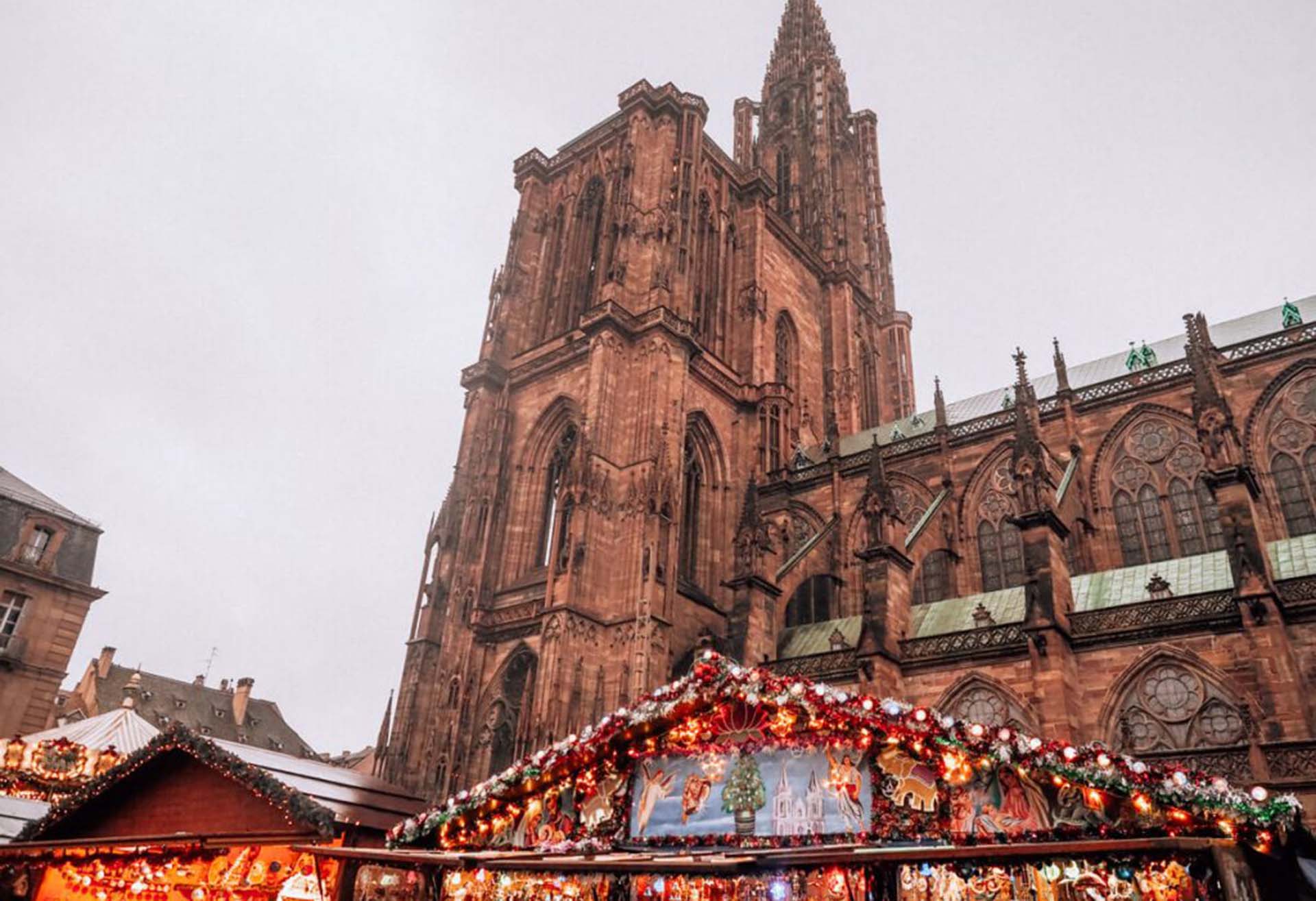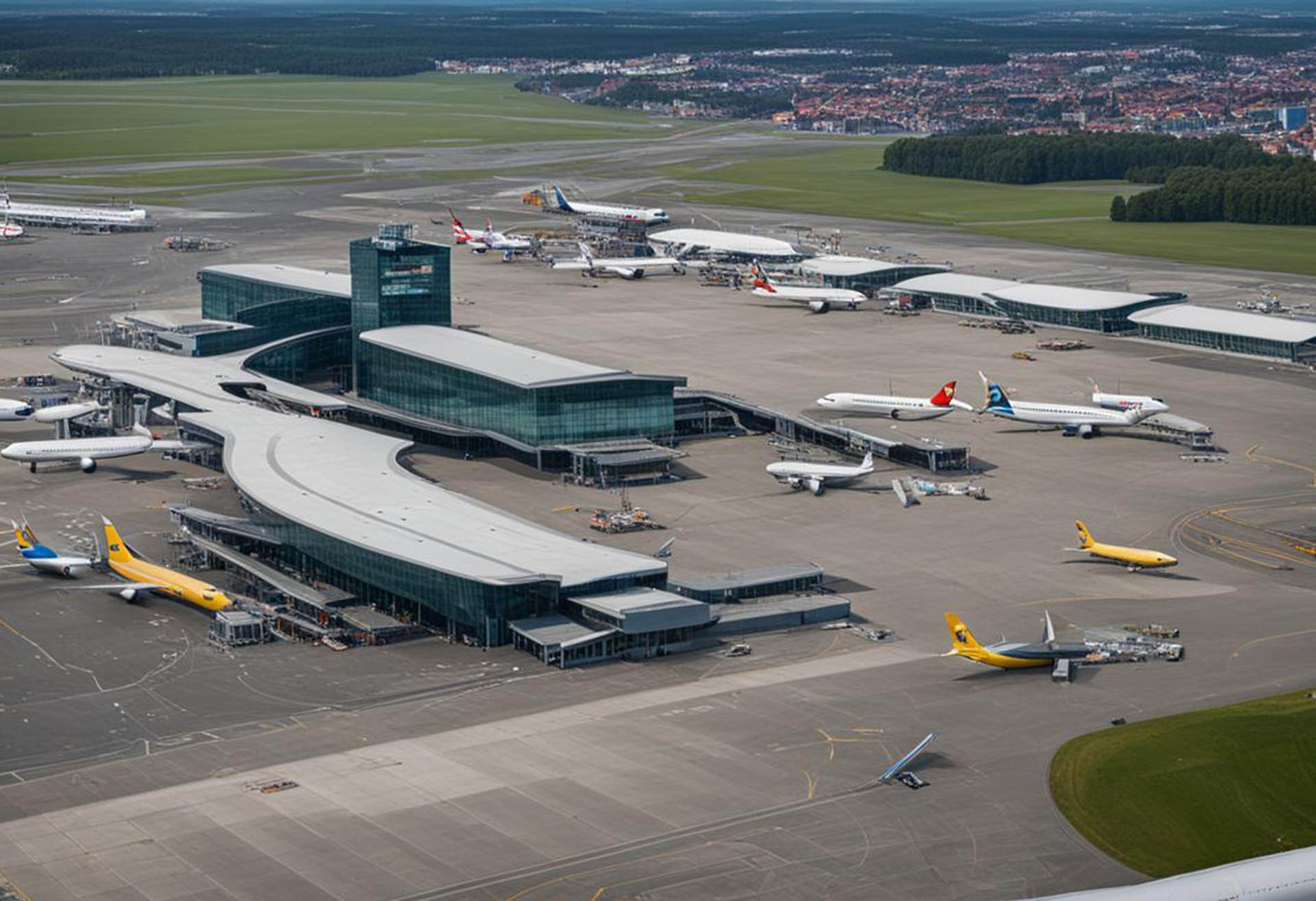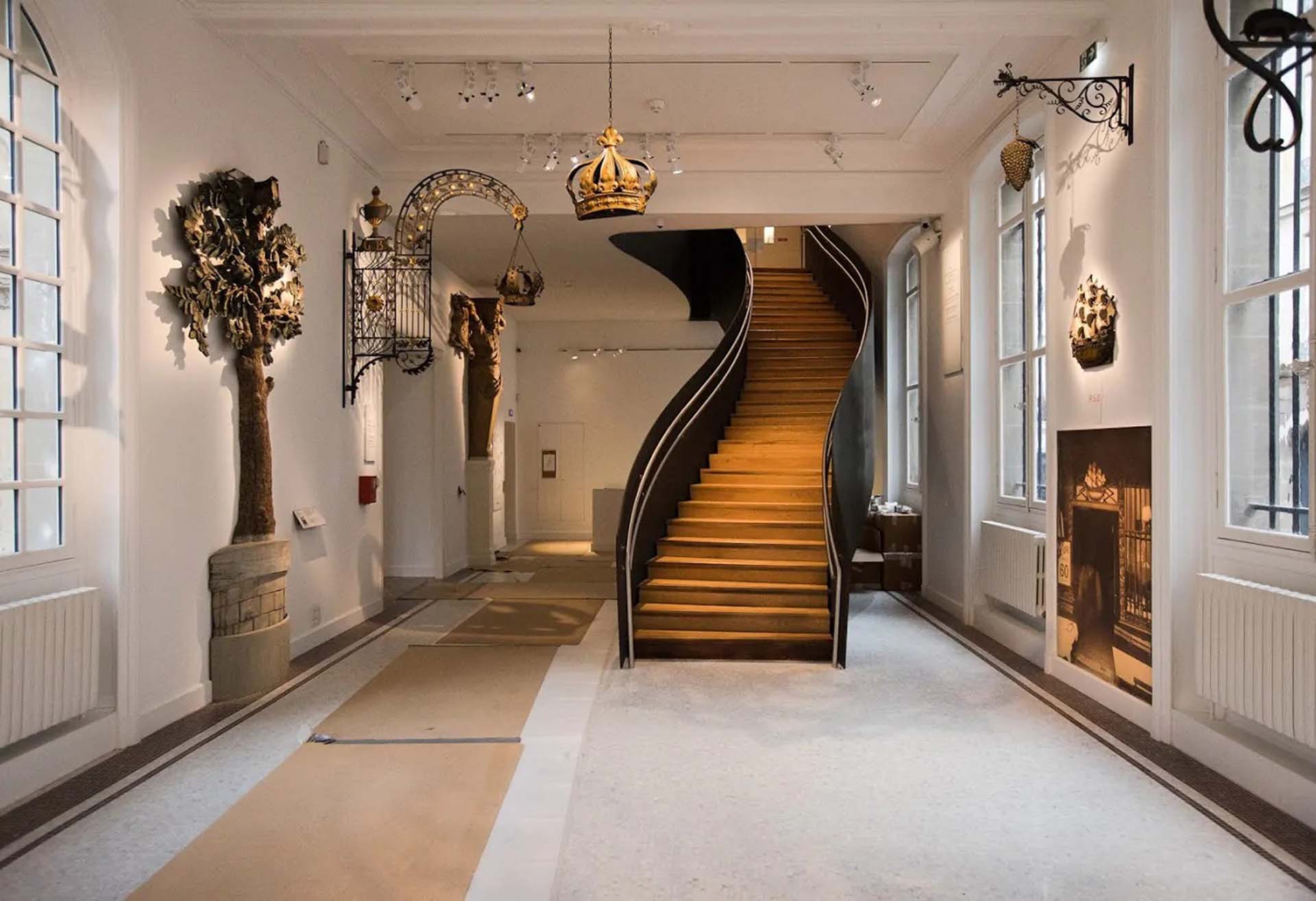I’ve always been drawn to the vibrant tapestry of stories woven into the world’s most iconic landmarks. Each journey, whether strutting down runways or wandering through historical streets, fuels my passion for exploration. This passion brought me to the doorstep of La Maison Rose, a quaint yet illustrious building nestled in the heart of Montmartre, Paris.
Montmartre, an enclave of artistic fervor, stands as an emblem of Parisian charm and creative brilliance. Within this cobblestone labyrinth lies the alluring Maison Rose, an artistic haven that has captured the imaginations of painters, writers, and dreamers for decades. Its significance transcends its physical presence, embodying a cultural ethos that encapsulates the bohemian spirit of Paris in the early 20th century. This whimsical building adorned in hues of pink whispers tales of artistic fervor and houses the echoes of legendary figures who once roamed these very streets, leaving their indelible mark on the world’s artistic canvas. The allure of La Maison Rose lies not just in its picturesque façade but in the stories it silently harbors—a place where art and history intertwine seamlessly, inviting travelers like me to unravel its secrets and bask in its cultural richness.
Unveiling La Maison Rose
La Maison Rose stands as an enchanting relic within the artistic enclave of Montmartre, tracing its origins to the early 20th century. Its history intertwines with the vibrant tapestry of Parisian artistry, having served as a muse and haven for countless artists, poets, and thinkers. Originally known as “La Maison de l’Artiste” or “The Artist’s House,” this quaint building witnessed the blossoming of the Montmartre art scene during the Belle Époque.
Once a humble residence turned gathering spot for creative minds, La Maison Rose welcomed luminaries such as Picasso, Modigliani, and Utrillo, among others, who sought refuge within its walls. Their conversations echoed the aspirations and struggles of burgeoning artists, fostering an environment where ideas flourished and canvases came to life. The building became not just a dwelling but a sanctuary where the free-spirited essence of Montmartre permeated every stroke of paint and verse penned.
Architecturally, La Maison Rose bears the hallmarks of traditional Montmartre style—its charming facade painted in a soft shade of pink, capturing the essence of whimsy and artistic freedom. The simplicity of its design harmonizes with the bohemian atmosphere of the neighborhood, offering a visual respite amidst the bustling streets. Its quaint allure exudes an unassuming elegance, captivating visitors with its unpretentious beauty. This architectural gem, with its ivy-clad walls and weathered shutters, remains an enduring emblem of the area’s cultural heritage.
Beyond its physical structure, the influence of La Maison Rose extends far into the surrounding streets of Montmartre. It serves as a touchstone, a living testament to an era when the neighborhood flourished as an epicenter of artistic innovation. The building’s significance transcends its mere bricks and mortar; it symbolizes a bygone era where creativity flowed freely, unbound by convention, and where the spirit of artistic expression danced on the winds that swept through Montmartre’s picturesque alleys.
Immersing in Artistic Marvels
The artistic aura surrounding La Maison Rose in Montmartre is akin to an intricate tapestry woven with the vibrant threads of renowned artists who once graced its streets. This neighborhood served as a nurturing haven for artistic visionaries, drawing painters, writers, and creators seeking inspiration from its bohemian ambiance.
Famous luminaries such as Pablo Picasso, Amedeo Modigliani, and Maurice Utrillo were drawn to Montmartre’s creative pulse, often finding solace and camaraderie within La Maison Rose. Their footsteps echoed through the narrow cobbled pathways as they sought artistic musings, discussions, and collaborations, immortalizing the essence of this district in their masterpieces. Their presence infused the area with an indelible artistic energy that lingers in the very air around the iconic pink house.
Proximity to La Maison Rose unveils a constellation of art galleries, studios, and exhibitions, each contributing to the rich artistic tapestry of Montmartre. Galleries such as Galerie Montmartre, brimming with contemporary and classical works, pay homage to the area’s artistic legacy. These spaces serve as cultural crossroads where emerging talents showcase their creations alongside established artists, providing a platform for innovation and expression.
Studios in the vicinity capture the spirit of artistic evolution, offering glimpses into the creative process. These ateliers, reminiscent of the ones frequented by past masters, provide intimate settings where artists mold visions into reality. The fragrance of oil paints and the sound of brushes against canvases permeate the air, inviting visitors to witness the birth of art.
Exhibitions hosted within arm’s reach of La Maison Rose serve as dynamic windows into the evolving art scene. These showcases unveil a spectrum of artistic expressions, from traditional to avant-garde, inviting audiences to immerse themselves in the multifaceted world of creativity. Visitors can explore diverse themes, techniques, and narratives, engaging in a visual dialogue that transcends boundaries and cultures.
The proximity of these artistic hubs to La Maison Rose amplifies the immersive experience, weaving a seamless narrative that connects the historic significance of the area with the contemporary pulse of the art scene. As one wanders through the streets surrounding the iconic house, the echoes of artistic genius resonate, bridging the past and present in a harmonious symphony of creativity.
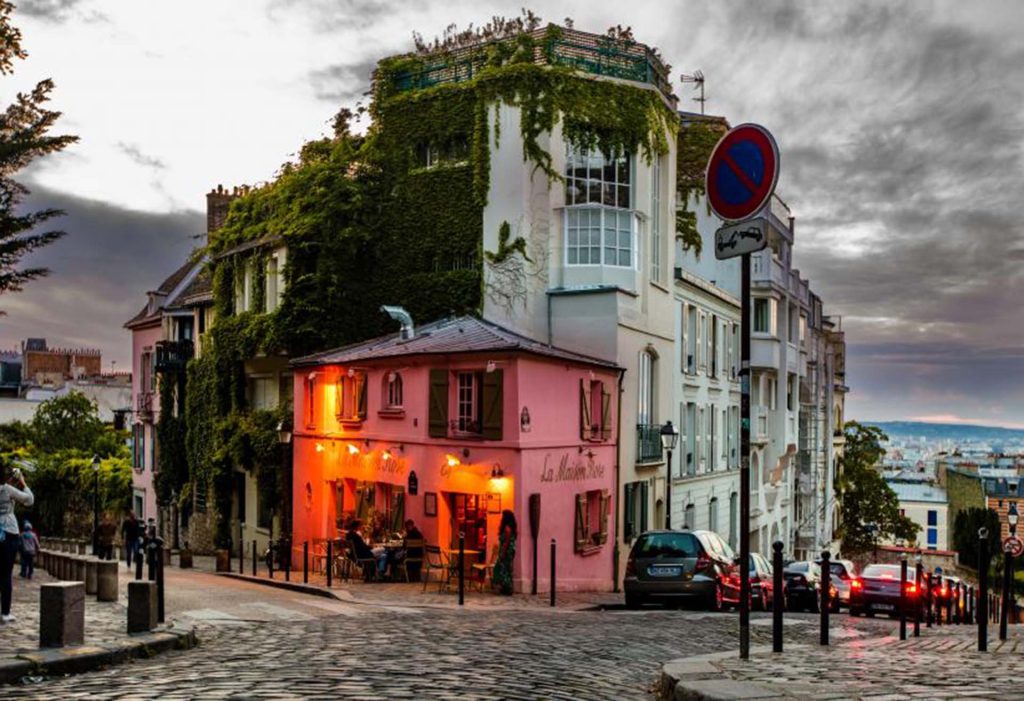
Strolling Through Montmartre
Embarking on a walking tour around Montmartre is an enchanting journey through time, where every cobblestone whispers tales of artistic fervor and historical significance. This bohemian enclave in Paris beckons visitors with its rich heritage and a palpable creative pulse that resonates through its winding streets.
Sacré-Cœur Basilica: The tour often commences at the iconic Sacré-Cœur Basilica, perched atop the Butte Montmartre. This majestic white-domed basilica, with its Romano-Byzantine architecture, offers panoramic views of Paris. Its construction in the late 19th century was a testament to national unity and serves as a symbol of spiritual sanctity, drawing both pilgrims and tourists alike.
Place du Tertre: As the tour meanders downhill, Place du Tertre emerges—a picturesque square teeming with artists and their easels. This bustling hub has been a haven for painters since the late 19th century, reminiscent of Montmartre’s heyday as an artistic epicenter. Visitors can witness artists creating masterpieces on the spot or commission their own portrait, immersing themselves in the living artistry of the neighborhood.
Le Moulin de la Galette: Continuing the journey, the tour encounters Le Moulin de la Galette, a historic windmill immortalized in paintings by Renoir and Van Gogh. This symbol of Montmartre’s past as a mill district now stands as a reminder of the area’s artistic heritage and a witness to its transformation over the years.
La Maison Rose: Nestled amidst the winding alleys, the pink-hued La Maison Rose emerges, exuding an ineffable charm. This legendary building, often frequented by artists seeking inspiration and camaraderie, holds a special place in Montmartre’s artistic lore, embodying the free-spirited essence of the neighborhood.
Le Lapin Agile: The tour might include a stop at Le Lapin Agile, a historic cabaret where poets, artists, and intellectuals congregated in the early 20th century. Its quaint exterior conceals tales of bohemian revelry and artistic collaborations, encapsulating the vibrancy of Montmartre’s past.
Artistic Vibes and Bohemian Charm: Throughout the tour, the essence of Montmartre’s artistic and bohemian atmosphere permeates every corner. Quaint cafes, vibrant street art, and intimate galleries line the streets, inviting visitors to soak in the eclectic ambiance. The vibrant colors, diverse cultures, and eclectic styles contribute to the neighborhood’s irresistible allure, evoking a sense of timelessness and creativity.
As the tour concludes, the echoes of history and artistry linger in the air, leaving travelers enchanted by Montmartre’s unique blend of artistic legacy and modern-day charm. It’s a district where the past intertwines seamlessly with the present, offering an immersive experience that resonates long after the footsteps fade away.
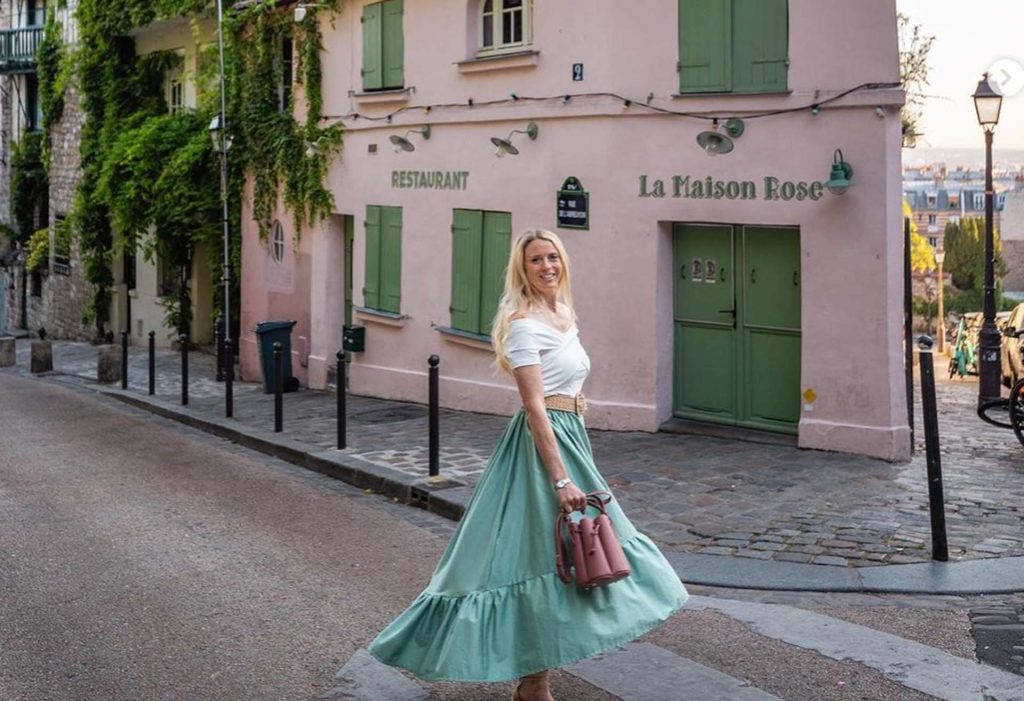
Photography Tips for the Best Shots
Capturing the essence of La Maison Rose and its surroundings through photography requires a blend of artistic vision and technical finesse. This iconic location in Montmartre offers a picturesque scene that beckons photographers to immortalize its charm.
Optimal Lighting and Time of Day: To accentuate the allure of La Maison Rose, aim to photograph during the “Golden Hour”—the period shortly after sunrise or before sunset when the sunlight is soft and golden. This warm, diffused light casts a magical glow on the building, enhancing its pink hues and creating a dreamy ambiance. The soft shadows and warm tones during this time add depth and character to your photos.
Angles and Perspectives: Experiment with various angles and perspectives to capture the essence of La Maison Rose. Try shooting from a distance to include the surrounding cobblestone streets and neighboring buildings, showcasing the context of this iconic structure within the charming Montmartre neighborhood. Additionally, close-up shots highlighting intricate details like the ivy-covered walls or the unique architectural features can add depth to your visual narrative.
Embrace the Surroundings: Incorporate the vibrant atmosphere of Montmartre into your compositions. Capture the quaint cafes, bustling streets, and colorful murals that contribute to the bohemian vibe. These elements complement La Maison Rose, enriching the storytelling aspect of your photographs and encapsulating the spirit of this artistic enclave.
Play with Colors and Contrasts: Utilize the contrast between the soft pink hues of La Maison Rose and the surrounding colors. Complementary colors, such as green foliage or blue skies, can enhance the visual impact of your photographs. Experiment with compositions that juxtapose the building against different elements to create captivating contrasts.
Patience and Observation: Take your time to observe the changing light and ambiance around La Maison Rose. Sometimes, the perfect shot might reveal itself when least expected. Embrace spontaneity and allow the scene to unfold naturally, capturing candid moments that reflect the authentic essence of the location.
Editing and Post-Processing: Once you’ve captured your shots, consider post-processing techniques to refine your photographs. Adjustments to contrast, saturation, and highlights can further accentuate the mood and ambiance you want to convey. However, aim to maintain the authenticity of the scene and avoid over-editing that may compromise the natural charm of the setting.
By incorporating these photography tips—leveraging optimal lighting, exploring angles, embracing the surroundings, and employing creative techniques—you can encapsulate the essence of La Maison Rose and create a visual narrative that resonates with the charm and history of this iconic location in Montmartre.
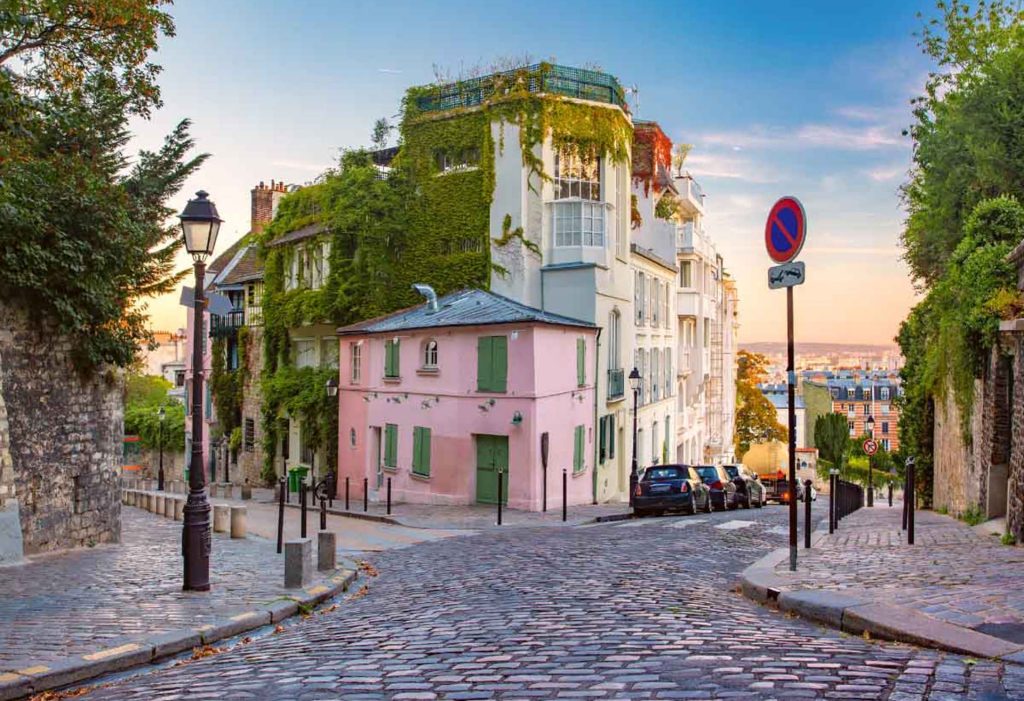
La Maison Rose is not just a building; it’s a testament to the intertwining threads of art and history that have shaped Montmartre’s vibrant identity. As I ventured through its cobblestone streets, I felt the echoes of artistic fervor resonating in every brushstroke and whispered conversation.
Each corner of this neighborhood exudes a timeless charm, blending the bohemian spirit of the past with the creative pulse of the present. From the bustling artists’ squares to the serene alleys, Montmartre holds an undeniable allure—a place where art breathes and history speaks.
As I bid adieu to La Maison Rose and Montmartre, I carry with me not just photographs but a treasure trove of memories steeped in the colors, stories, and artistic legacies that have woven this neighborhood into the cultural tapestry of Paris. It’s a place where the past dances with the present, inviting all who wander through its streets to become part of its ever-evolving narrative—a celebration of art, history, and the timeless allure of creative expression.

